Generative vs Discriminative AI: Understanding the 5 Key Differences
Data Science Dojo
MAY 27, 2024
A visual representation of generative AI – Source: Analytics Vidhya Generative AI is a growing area in machine learning, involving algorithms that create new content on their own. This approach involves techniques where the machine learns from massive amounts of data.



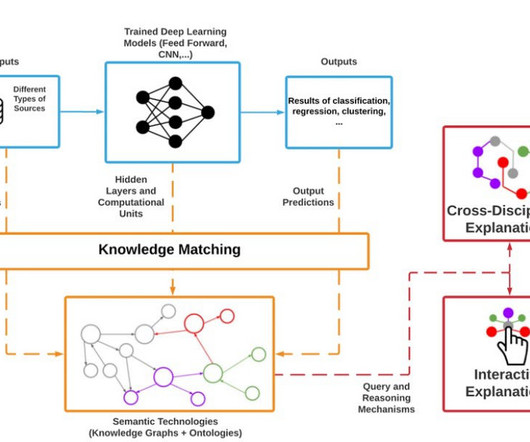
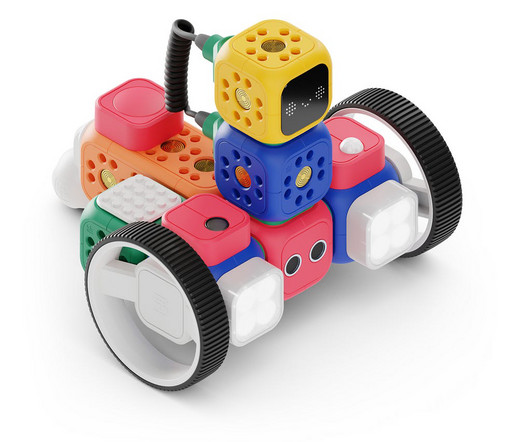

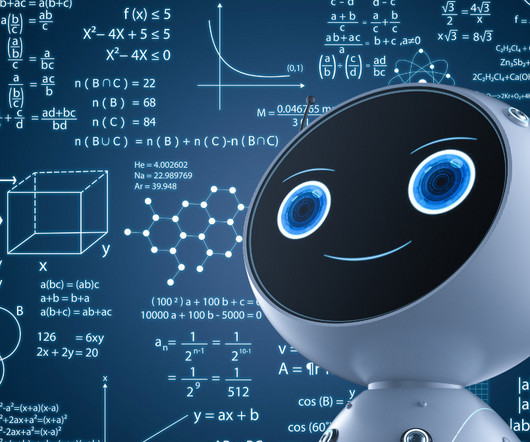
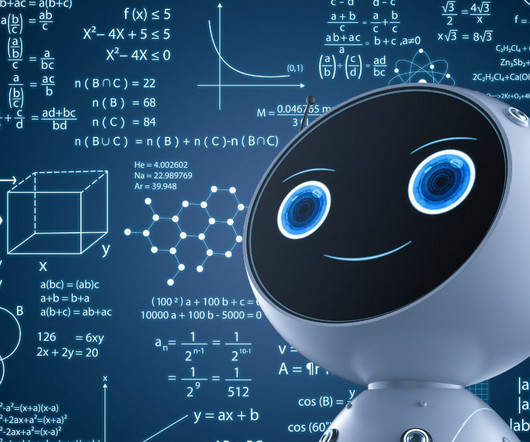

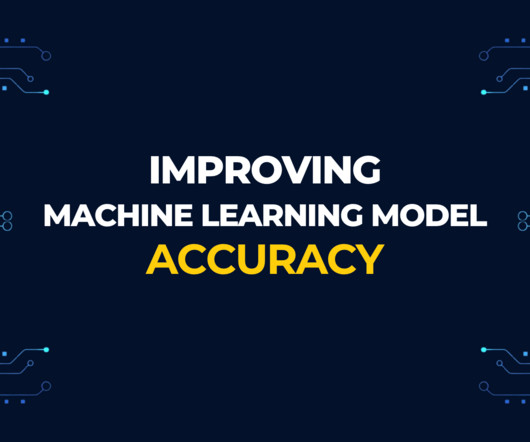






Let's personalize your content